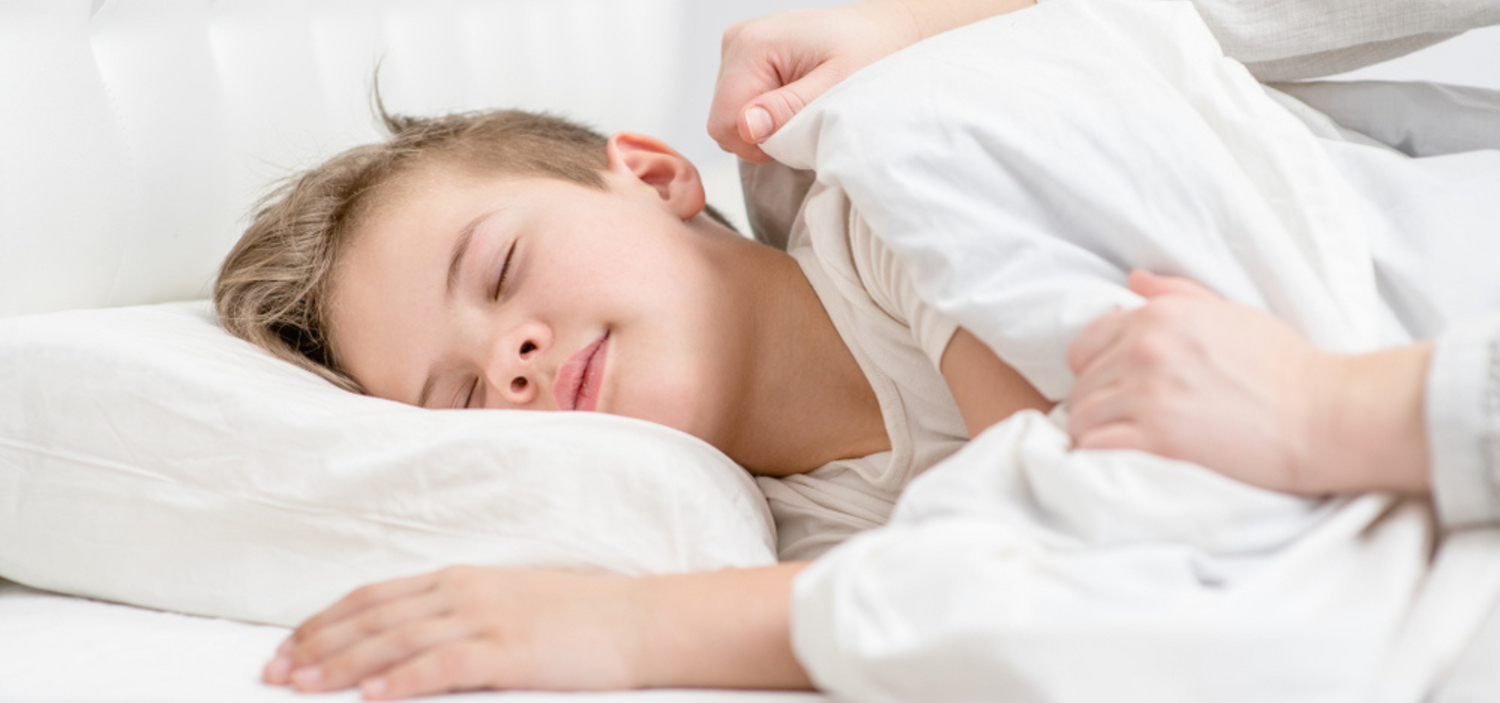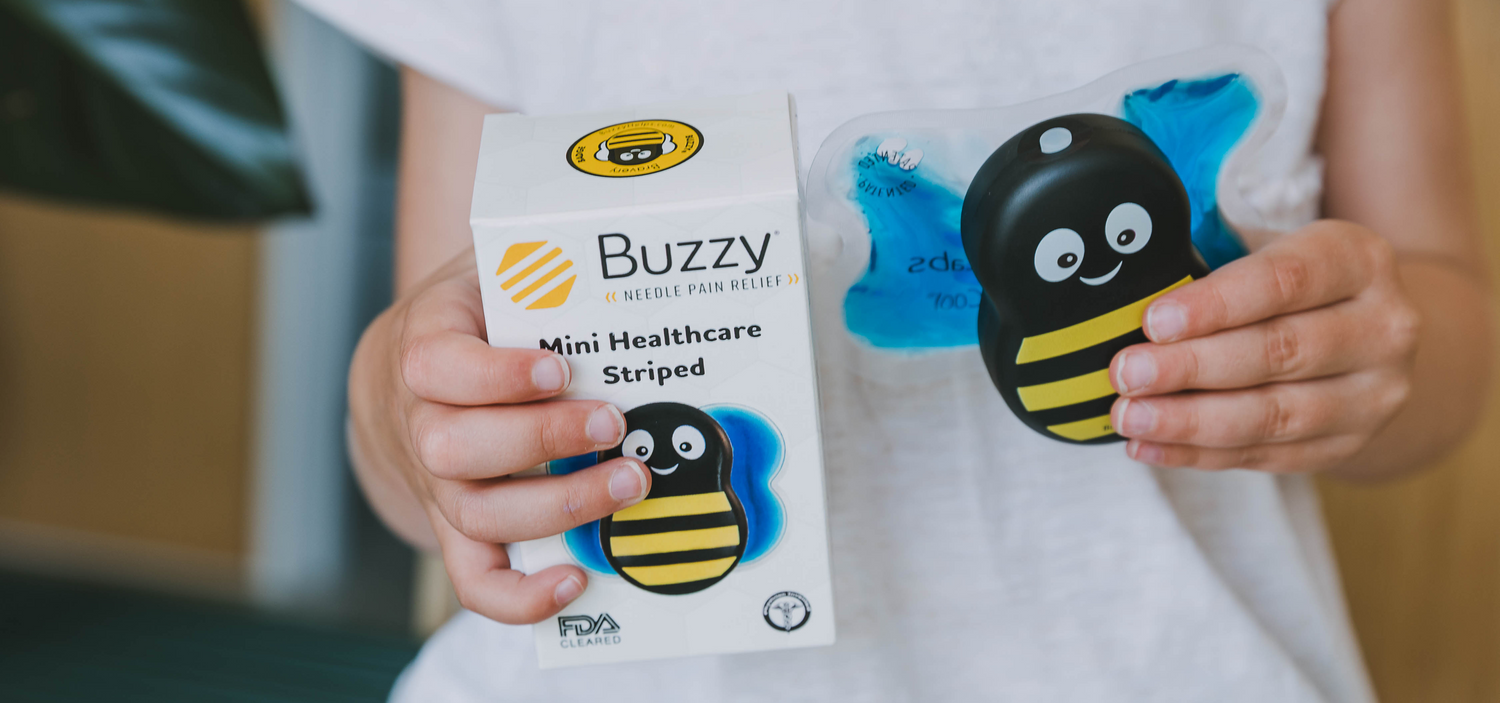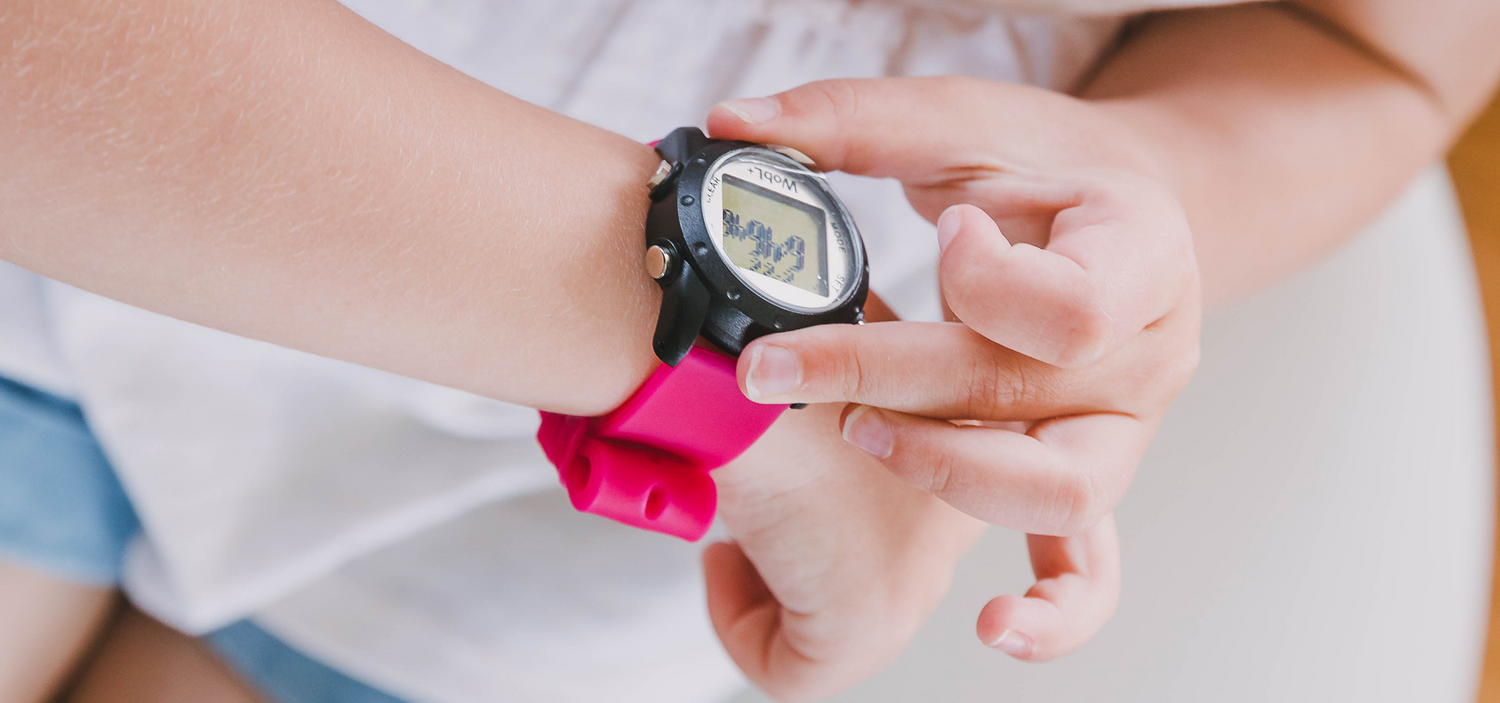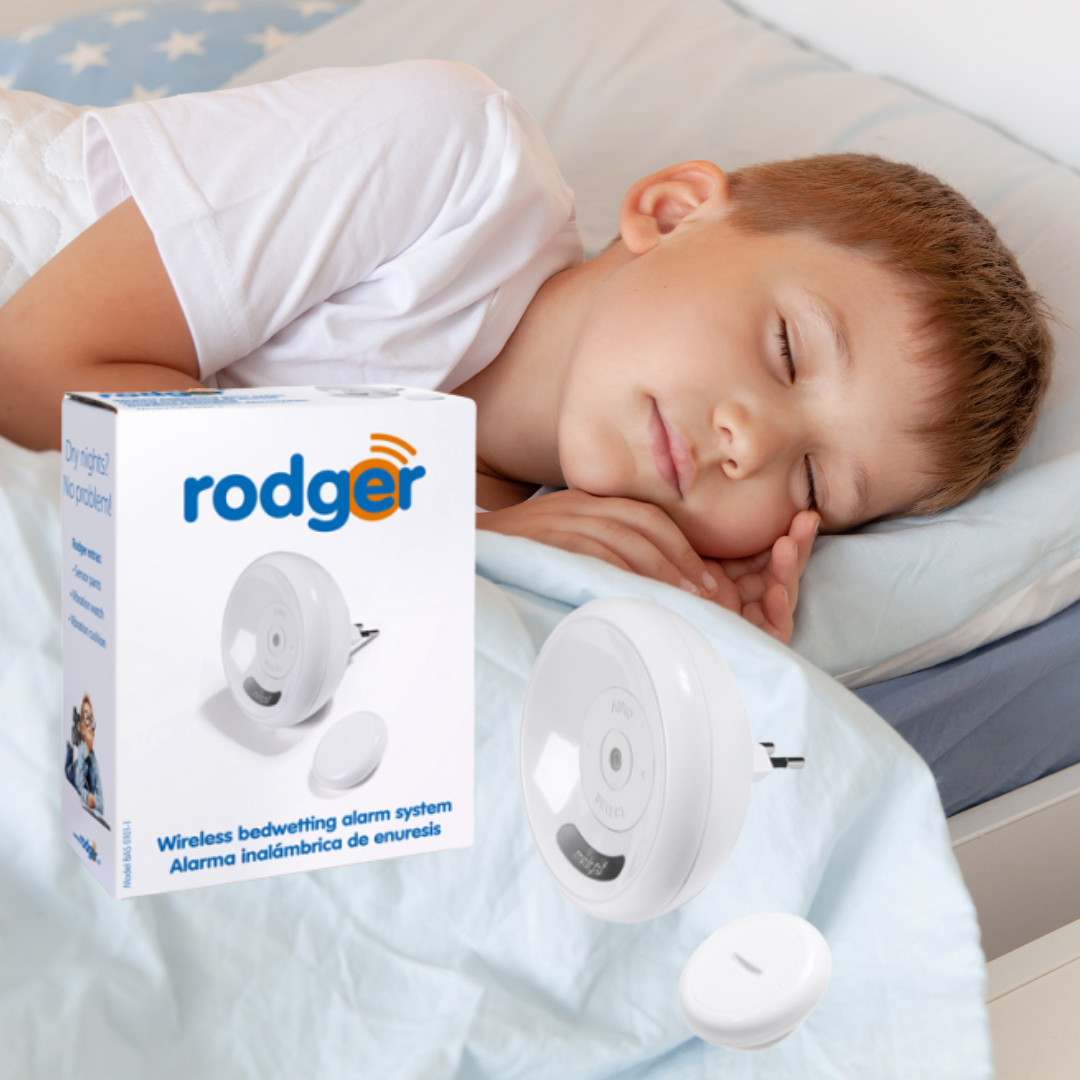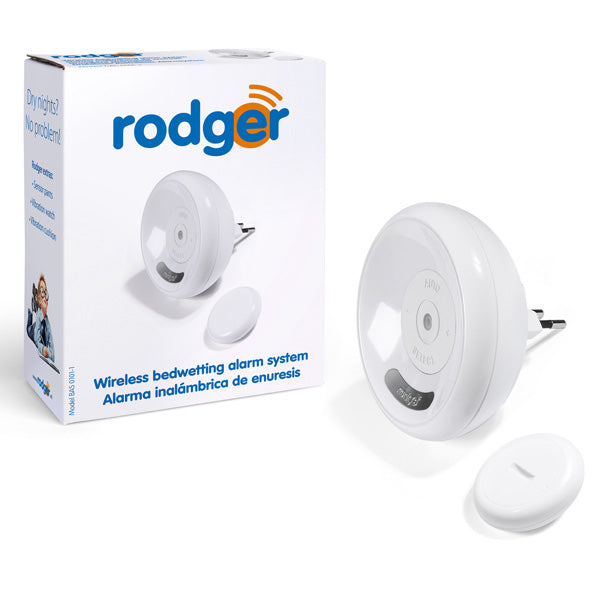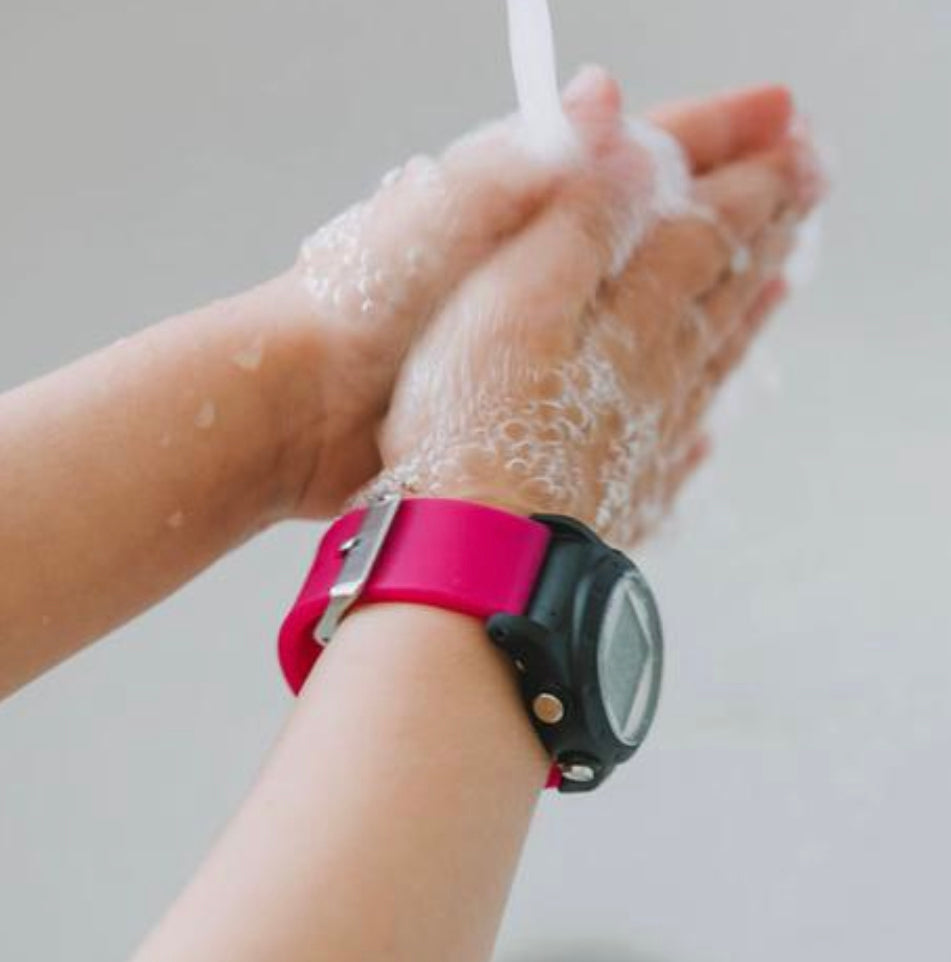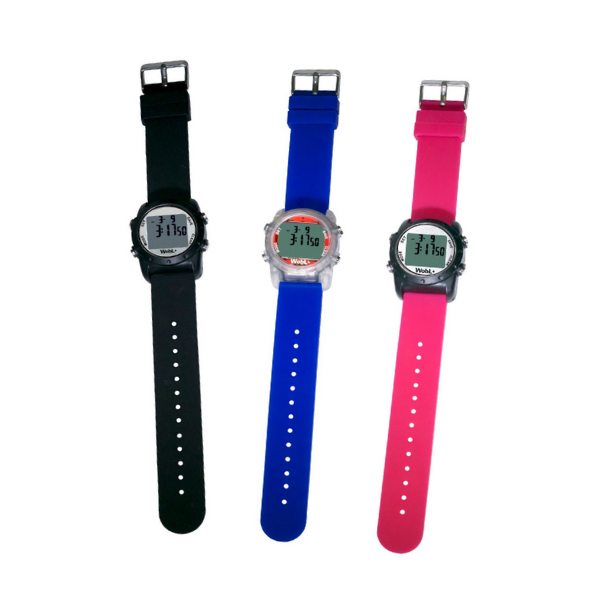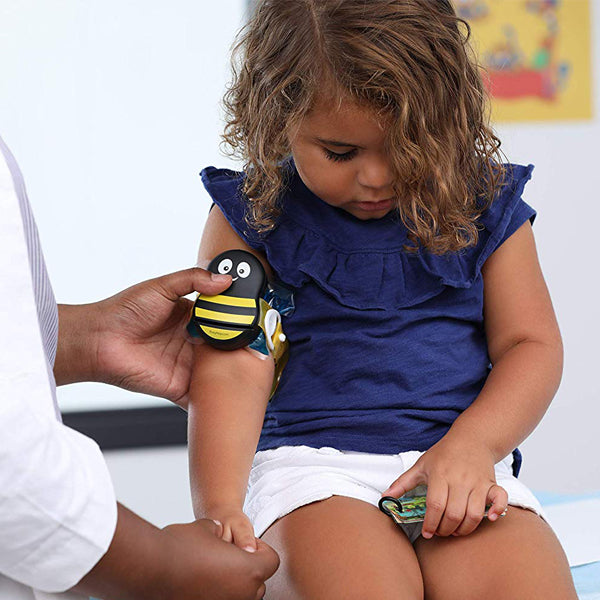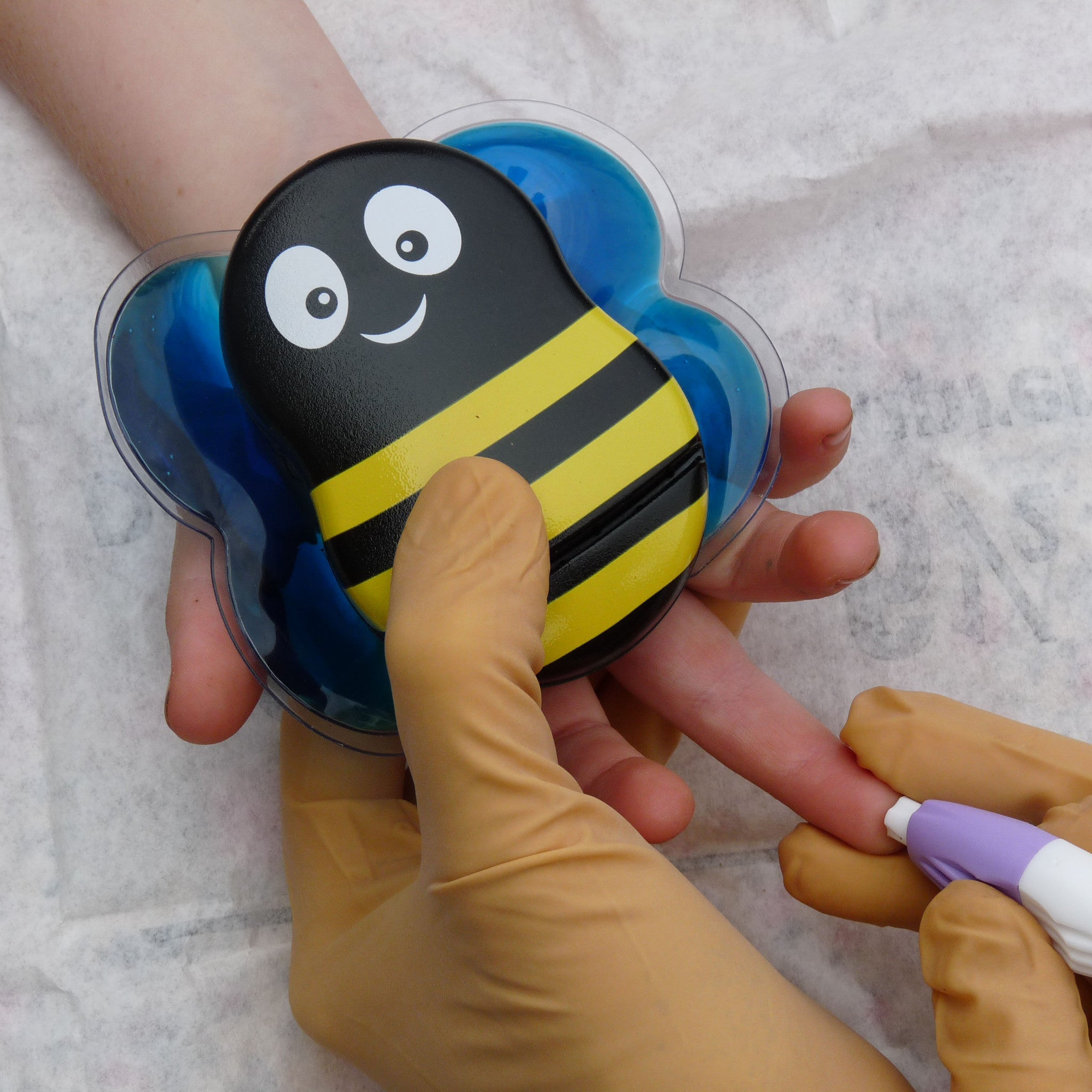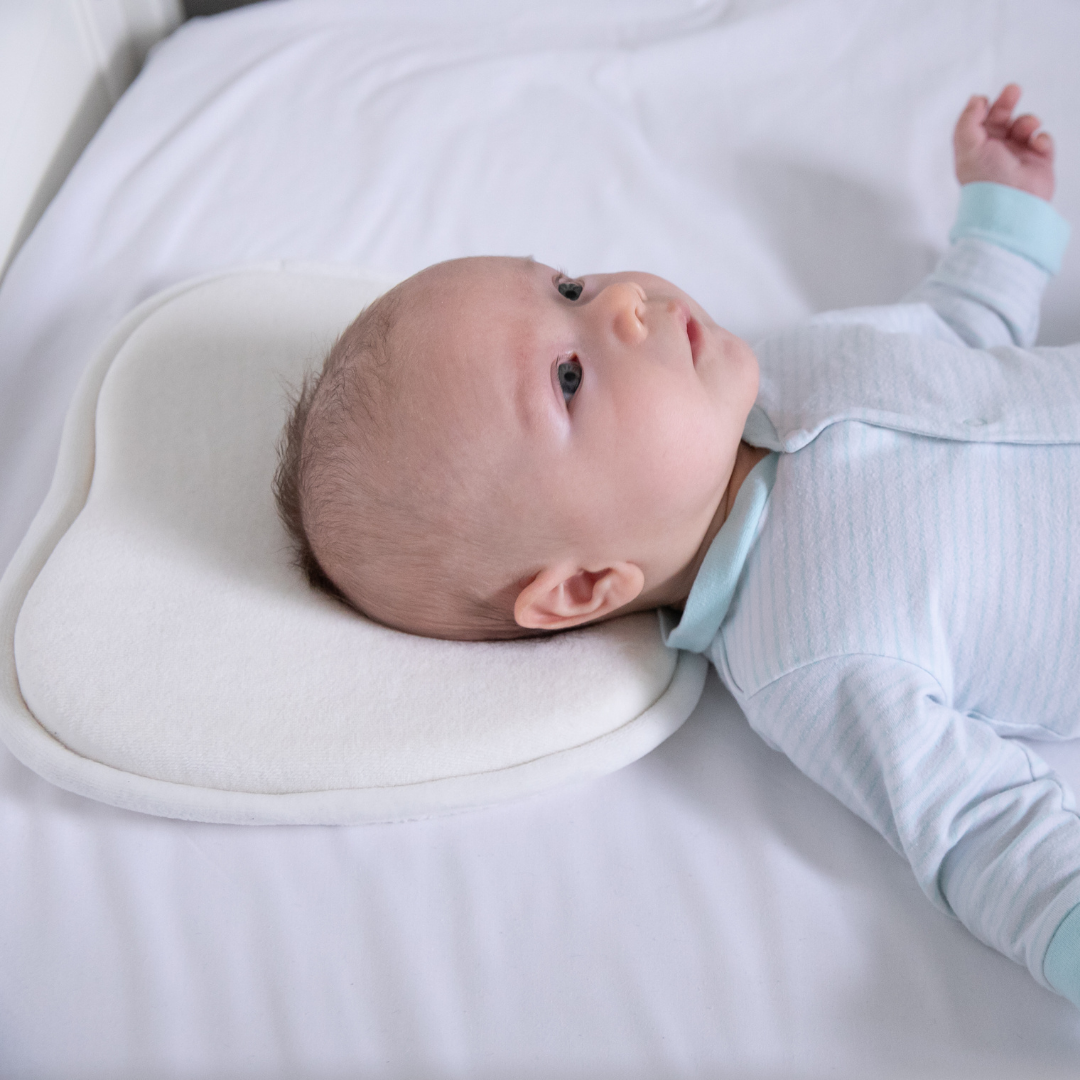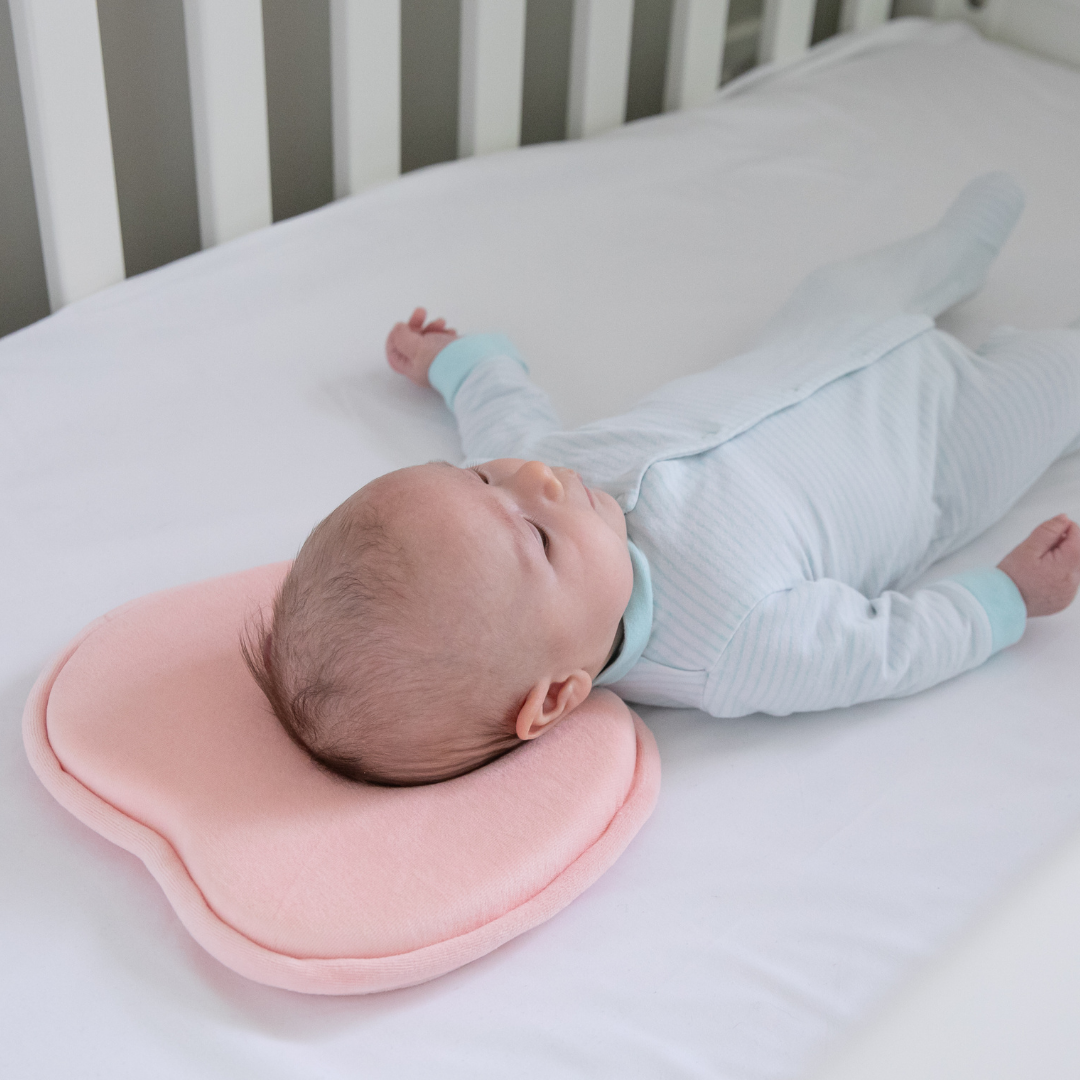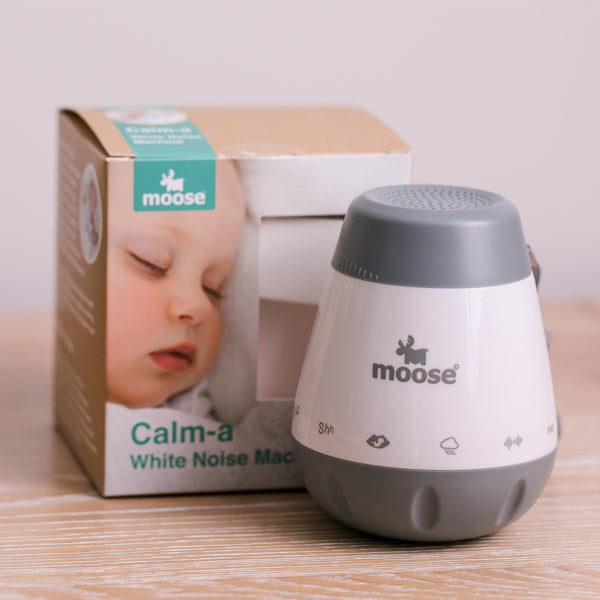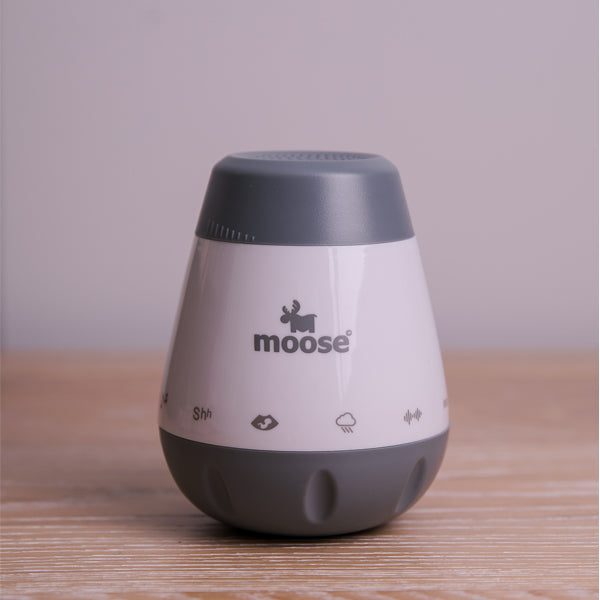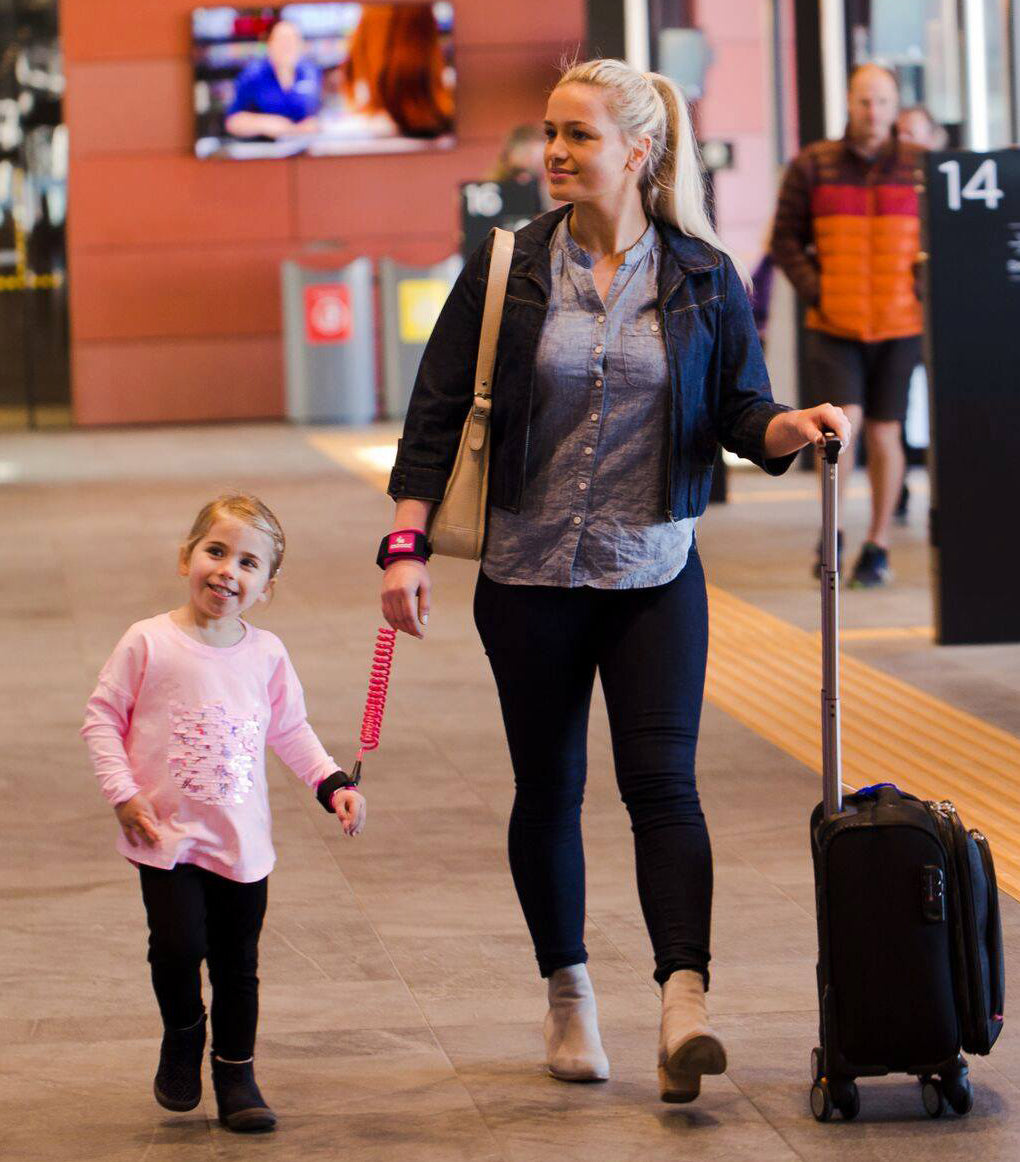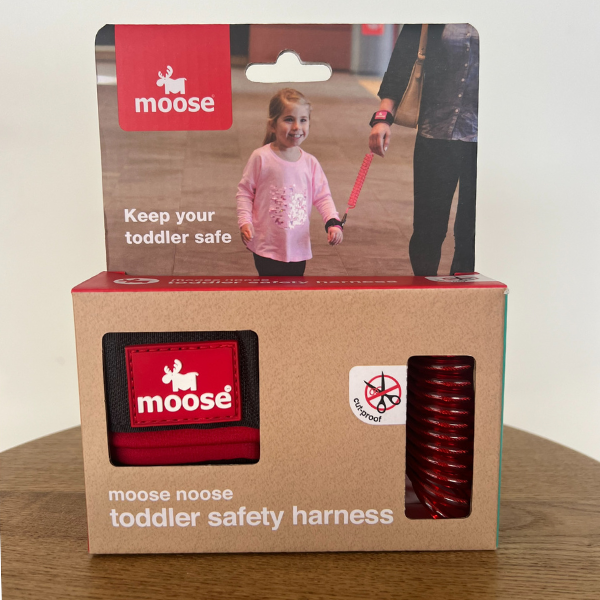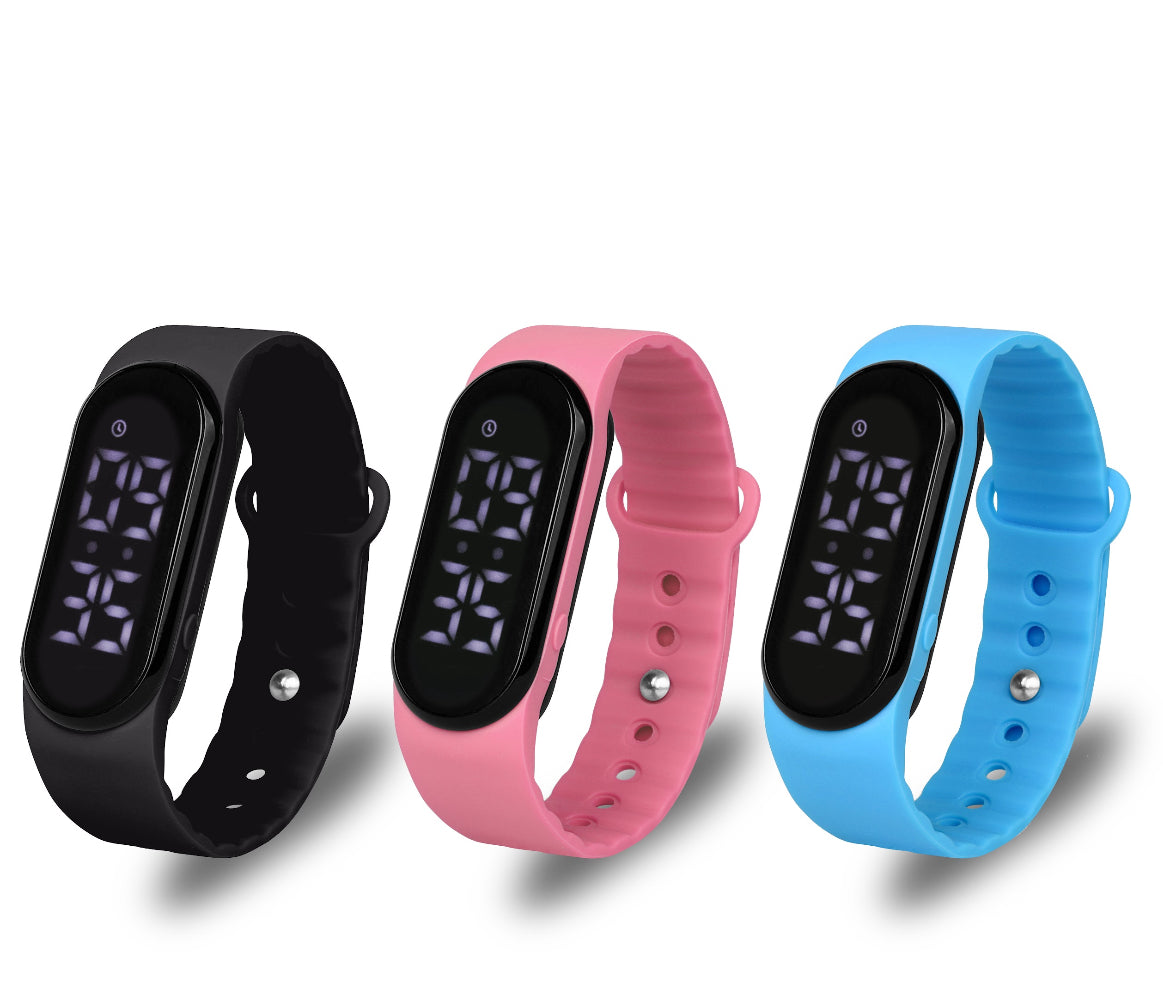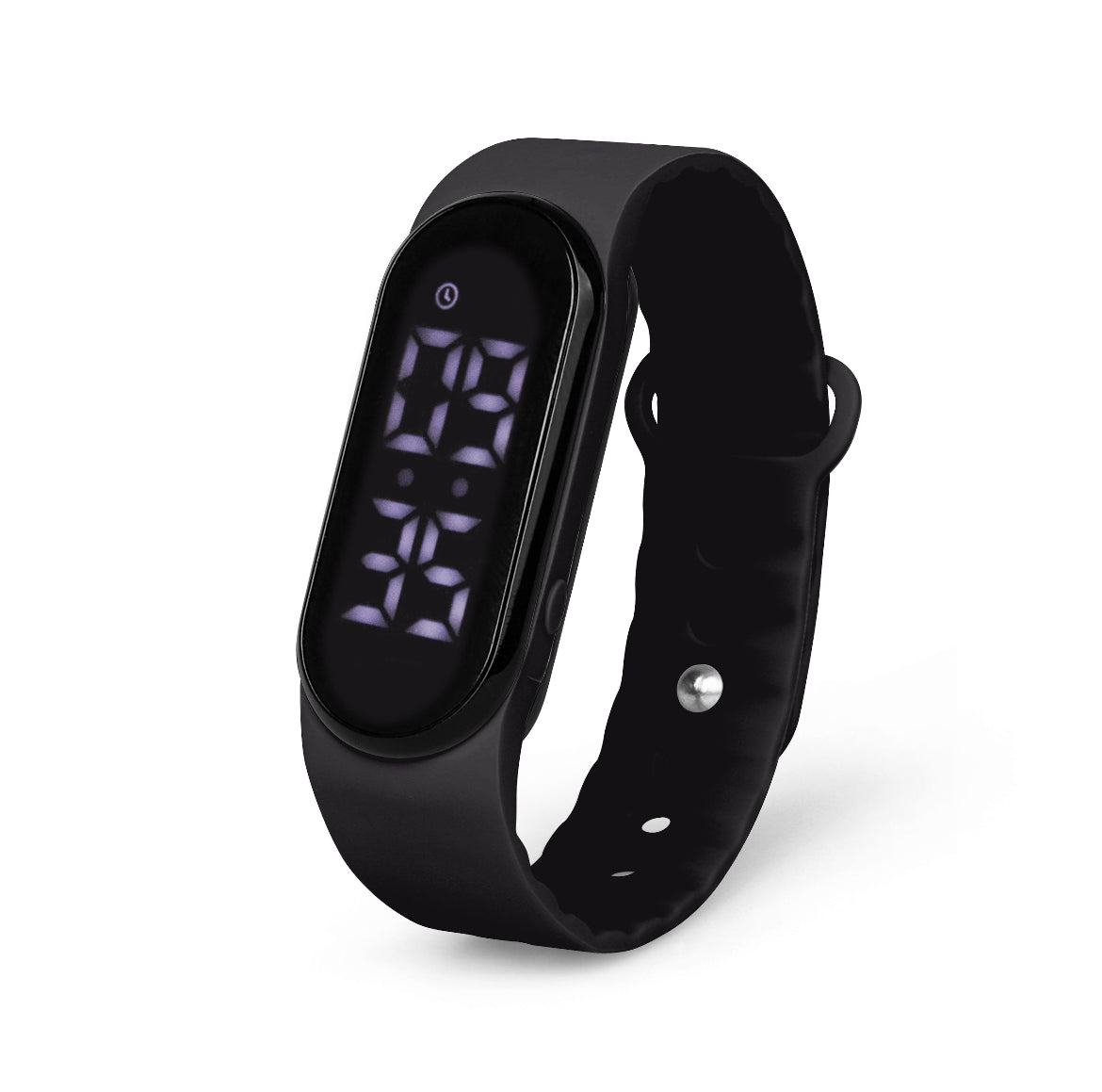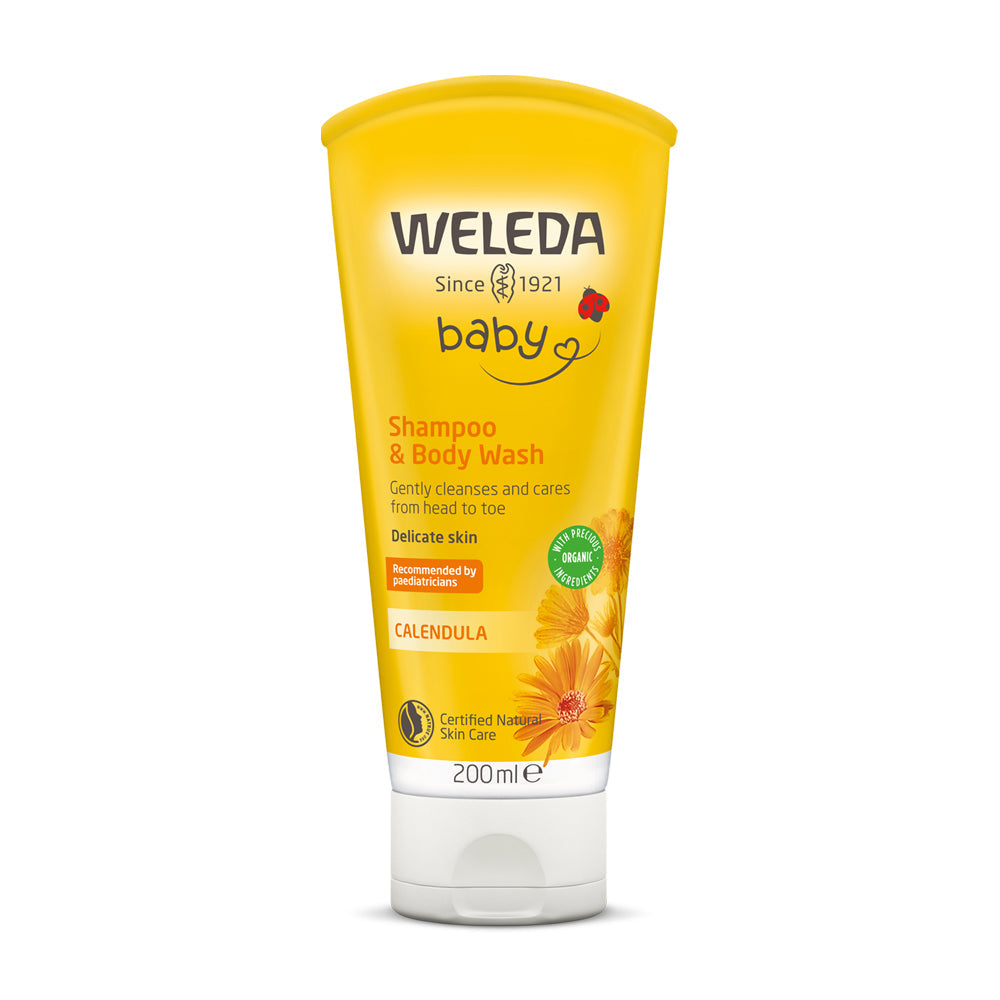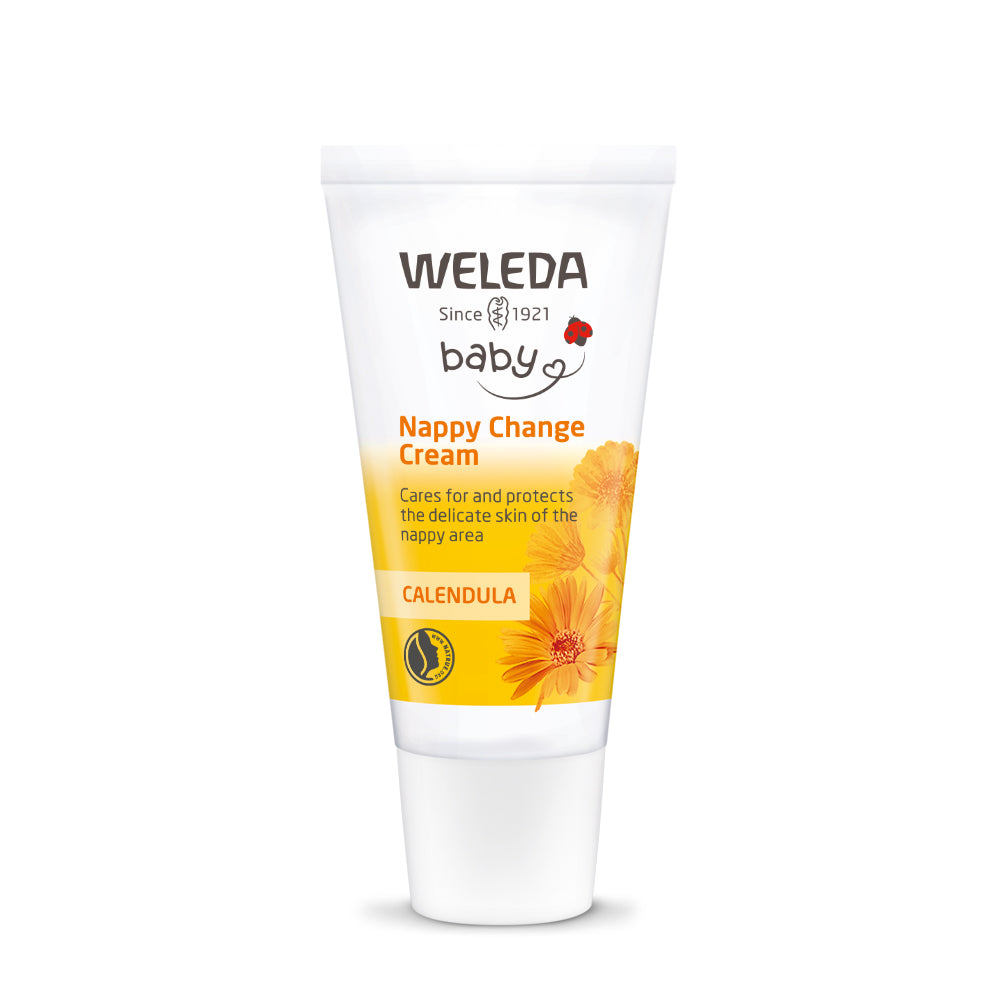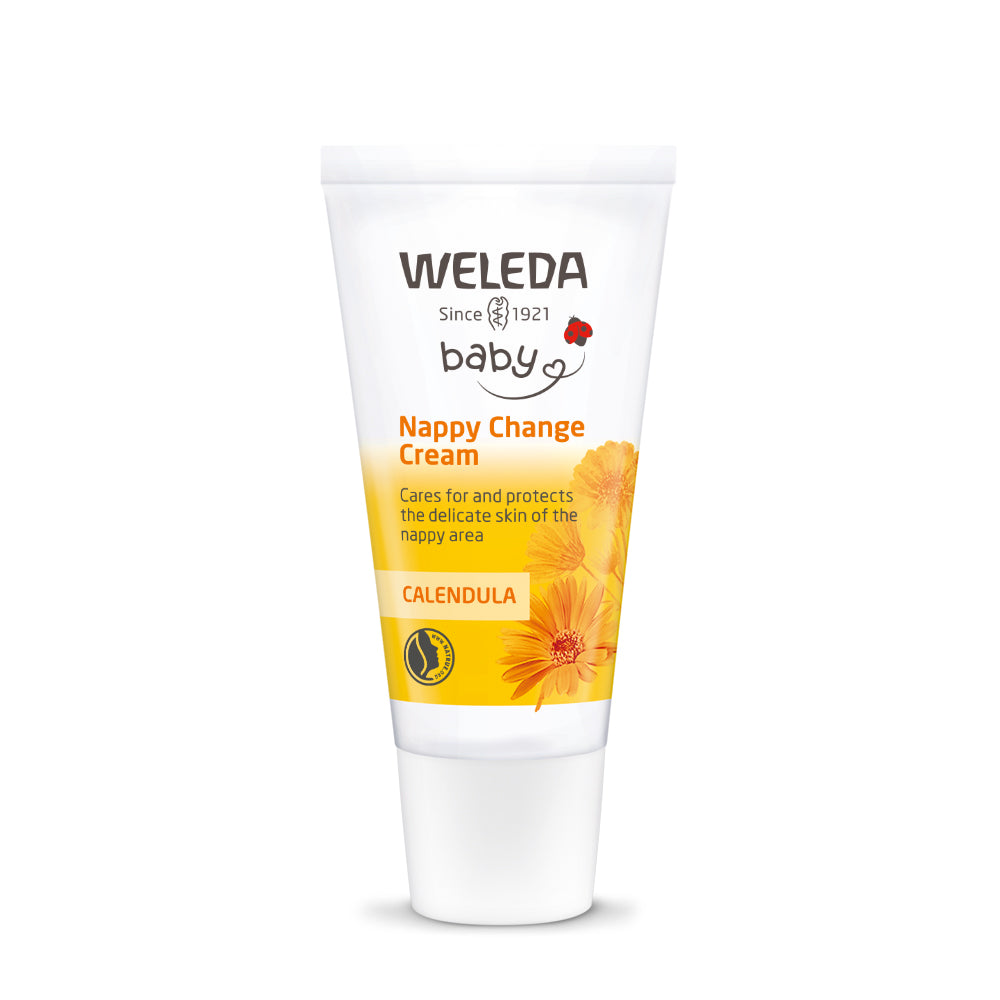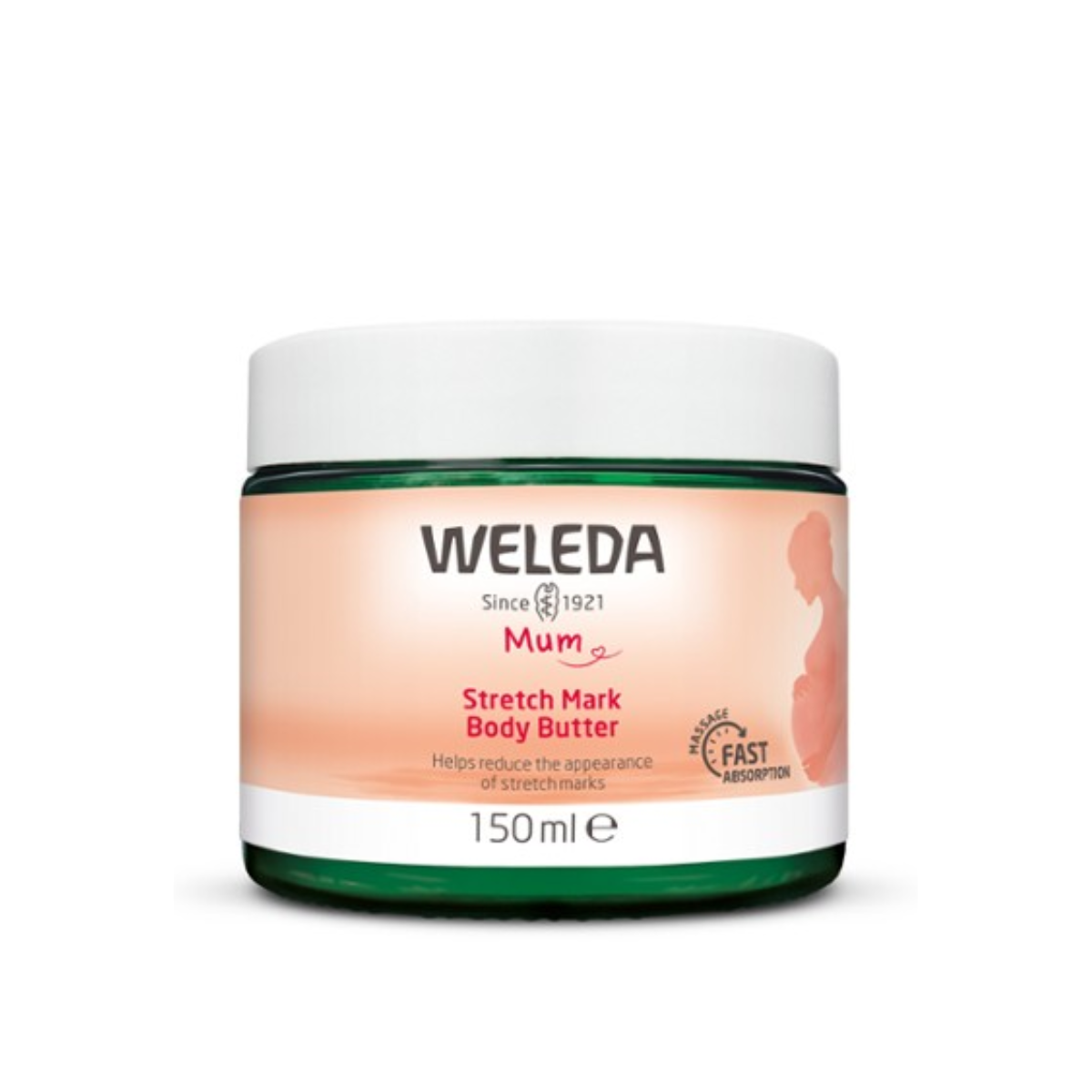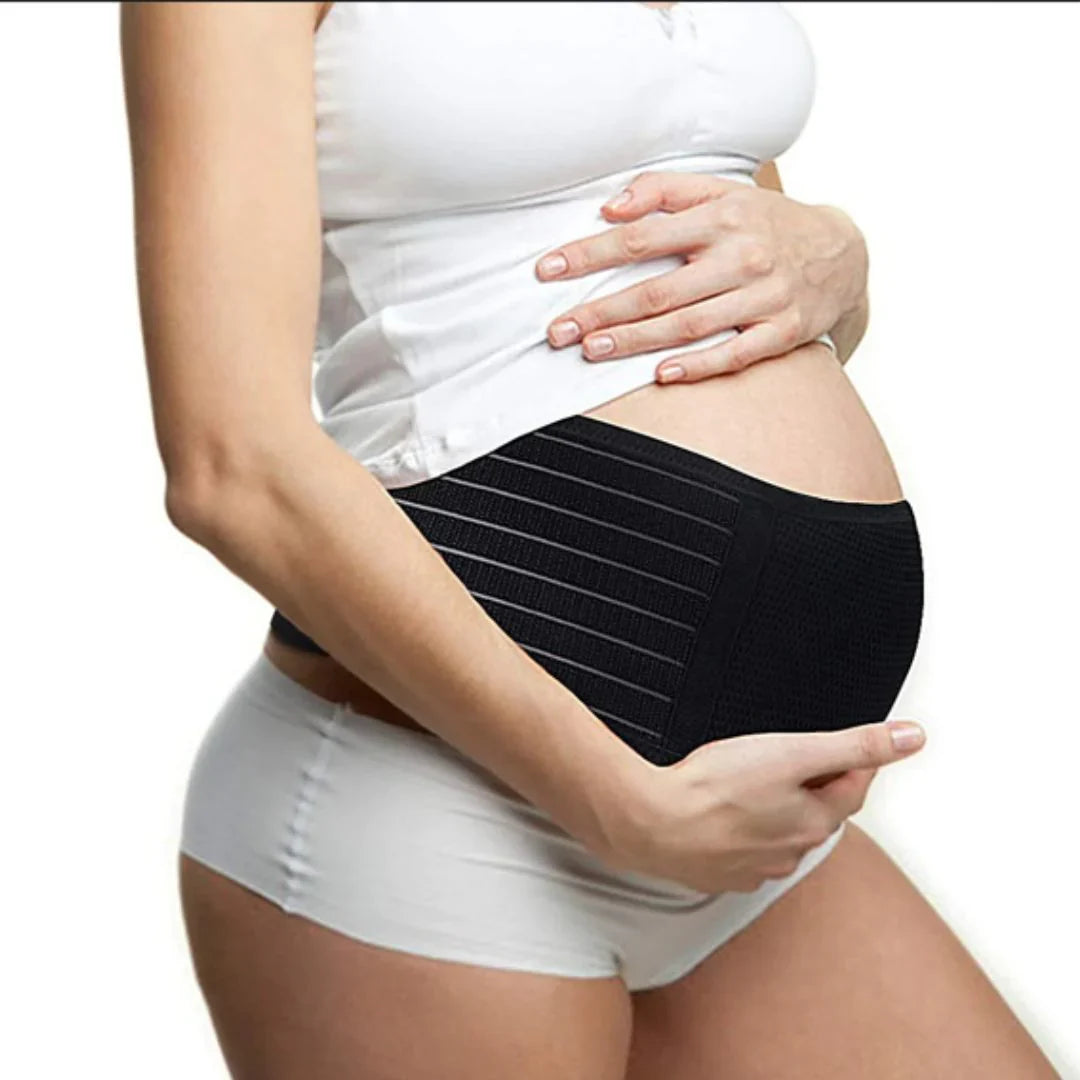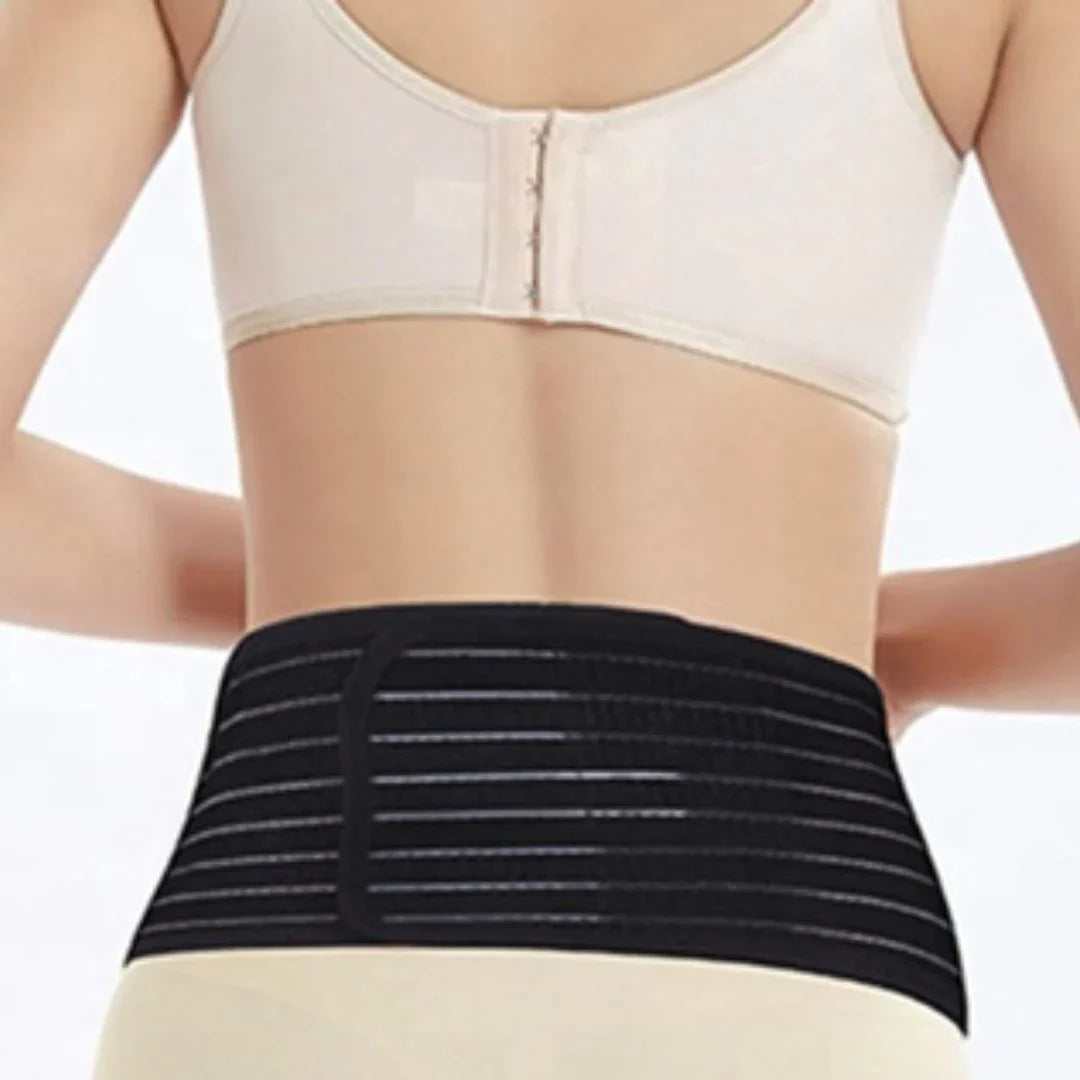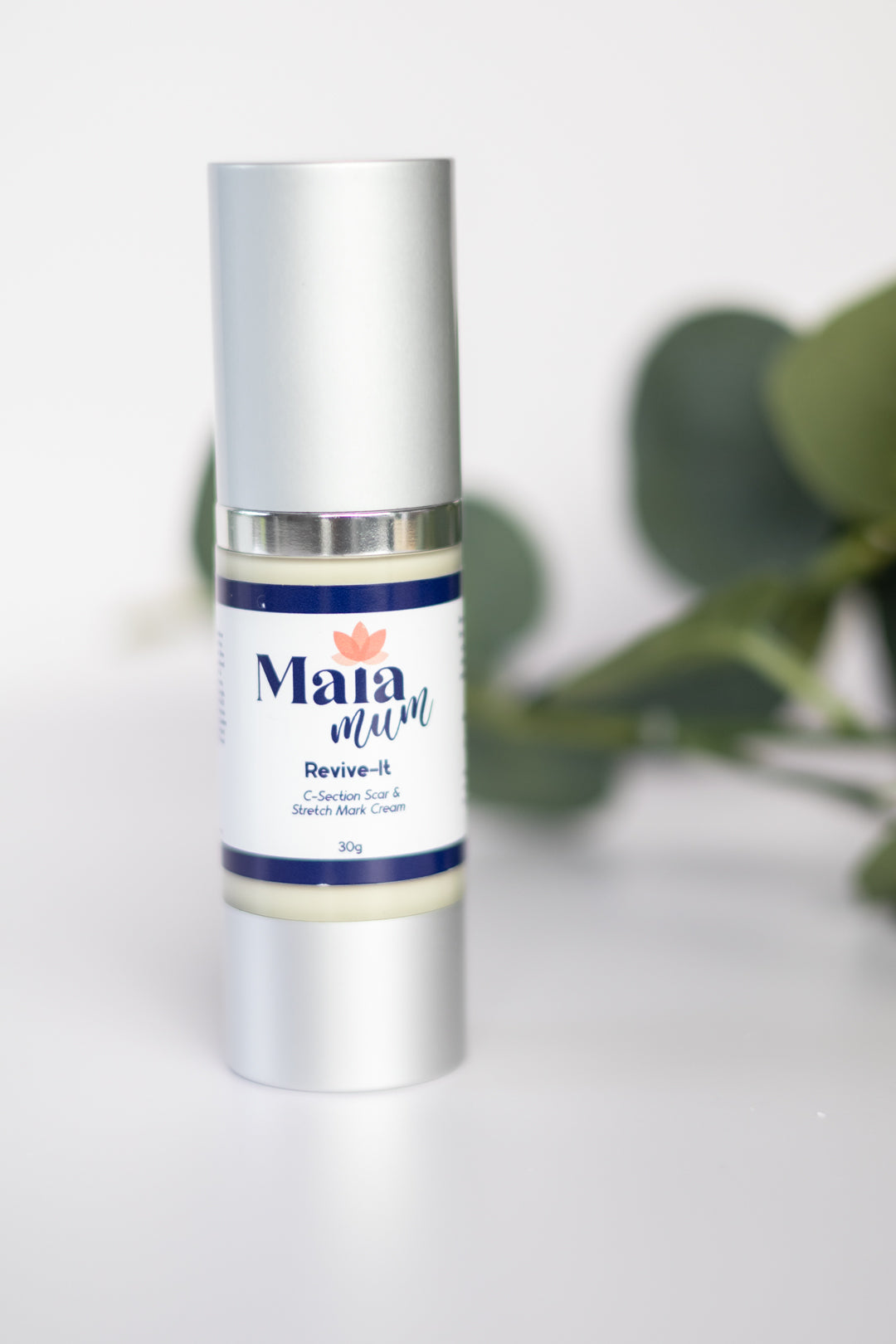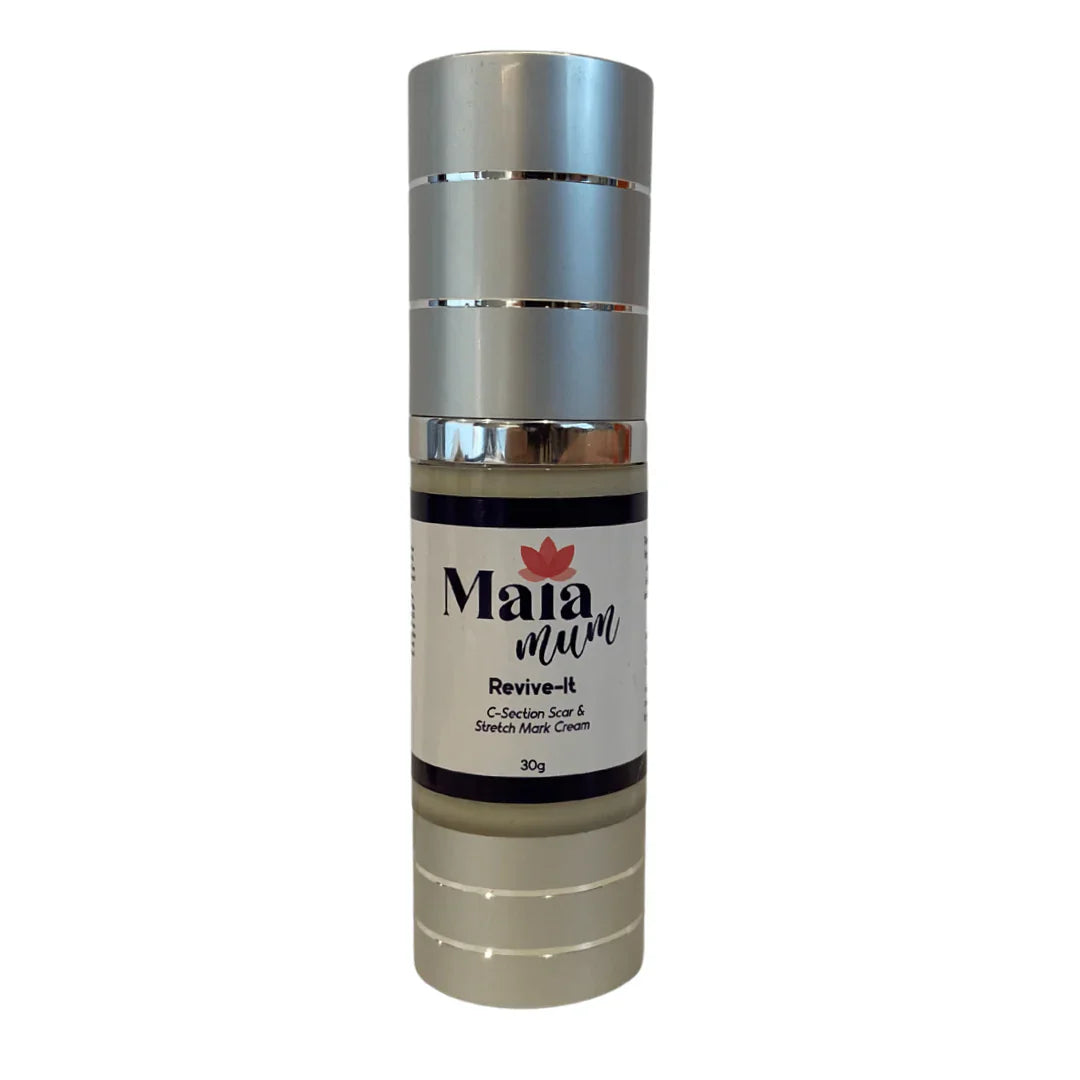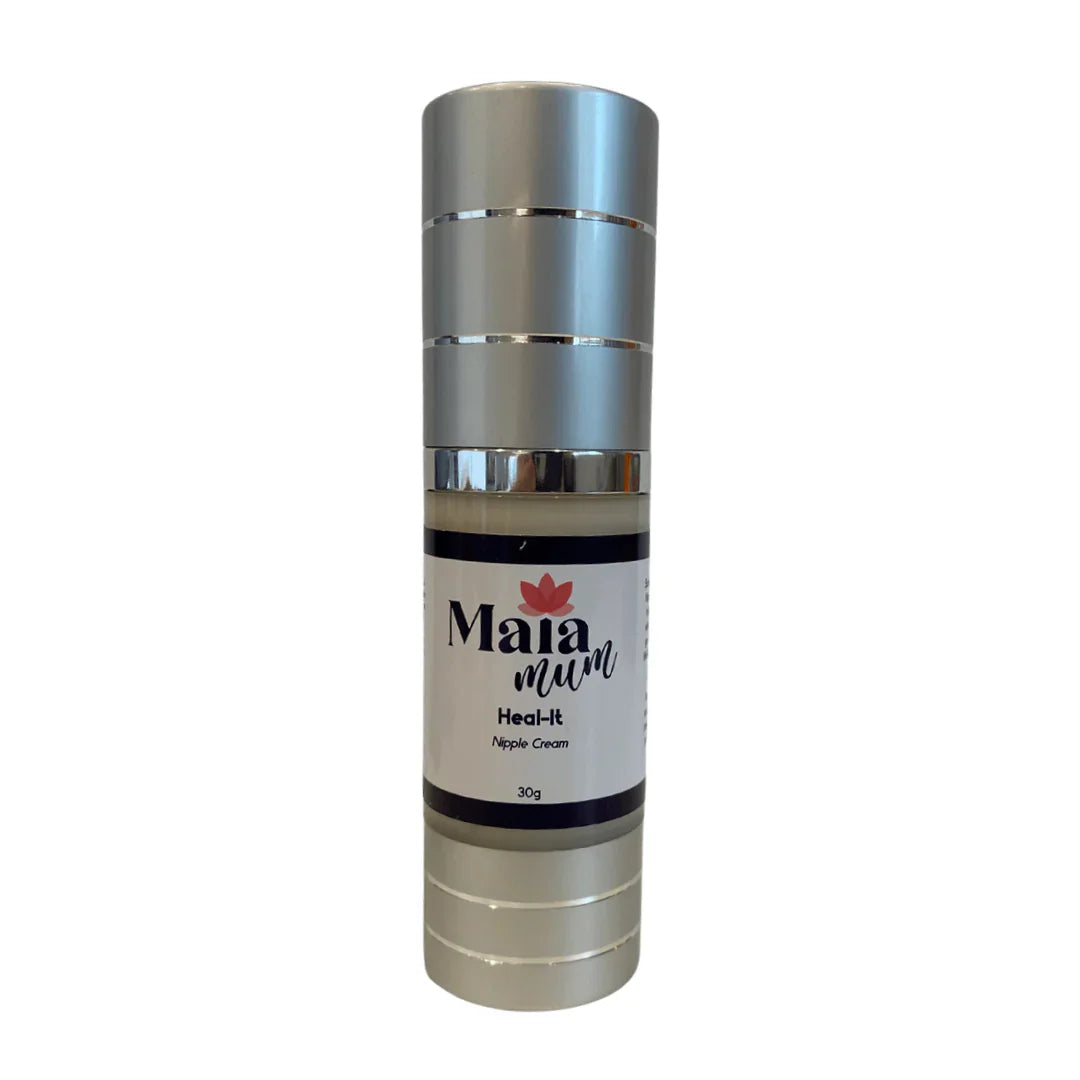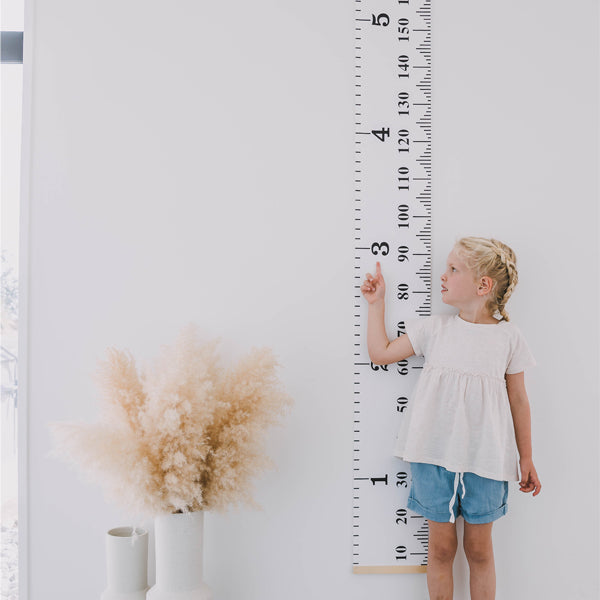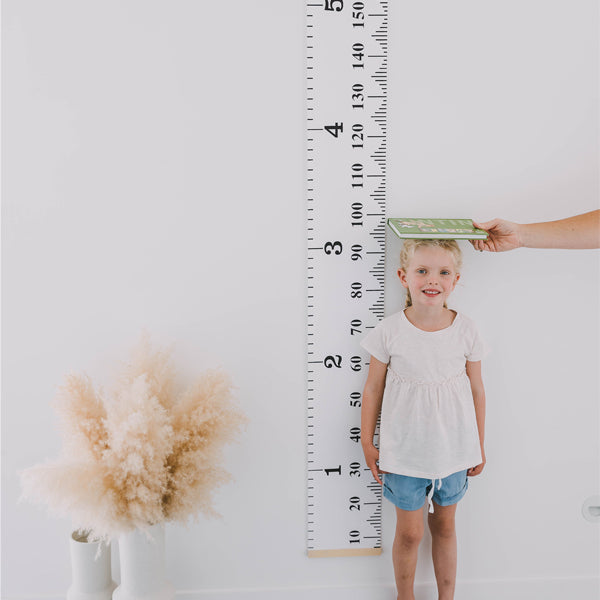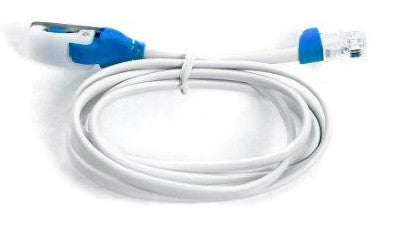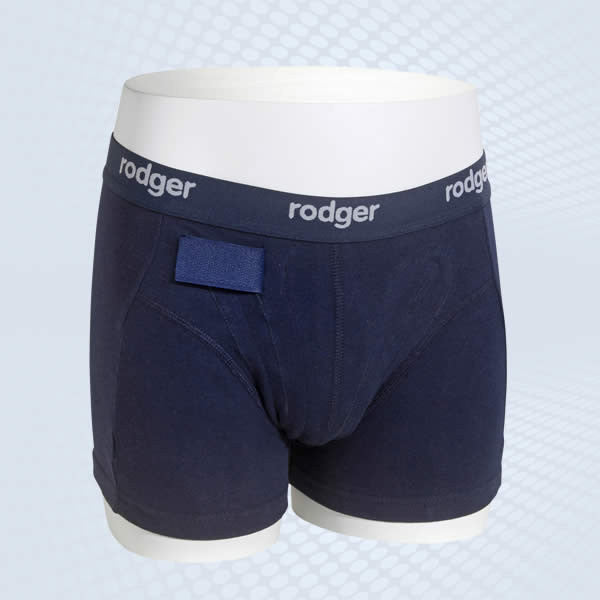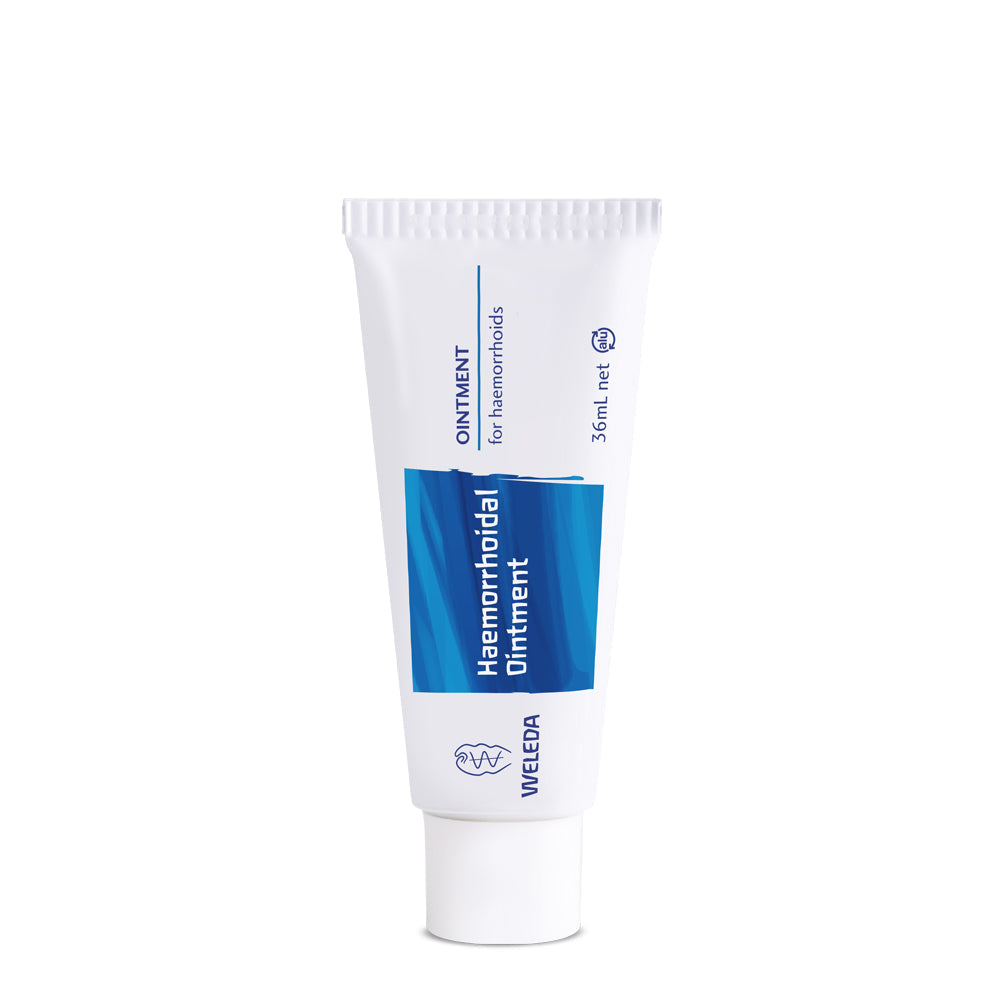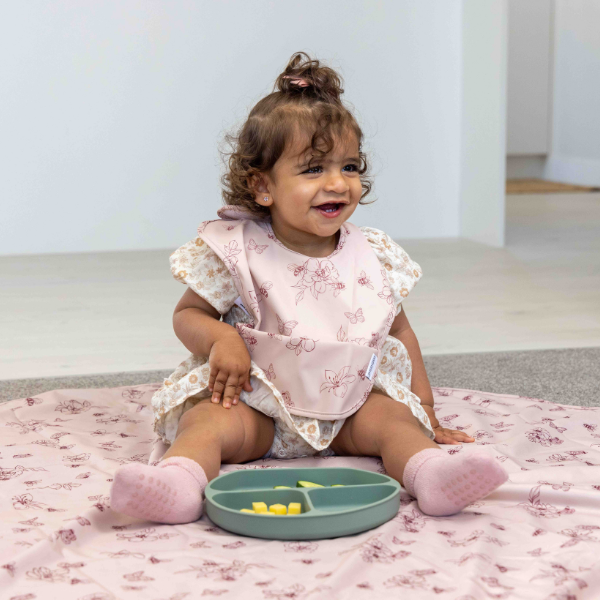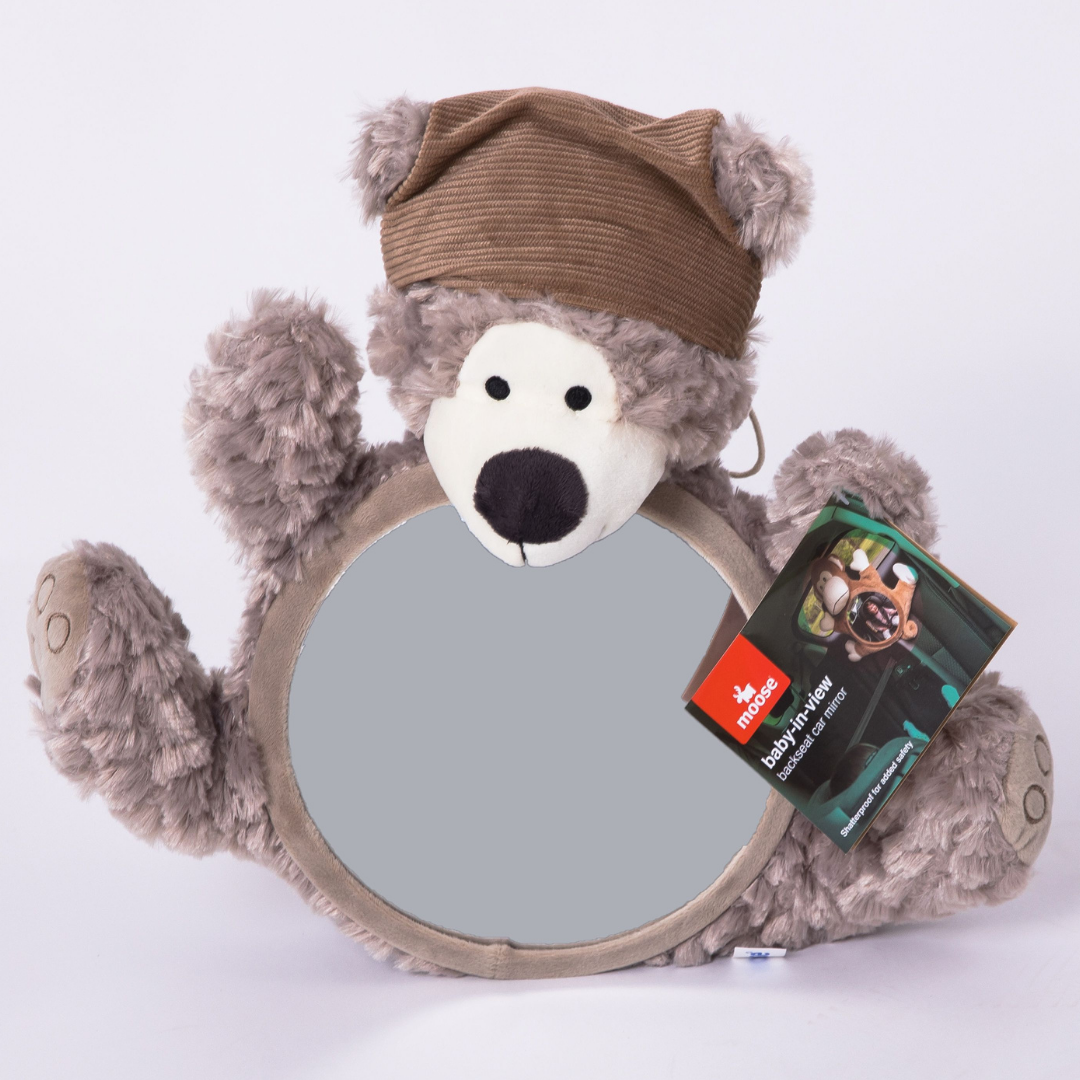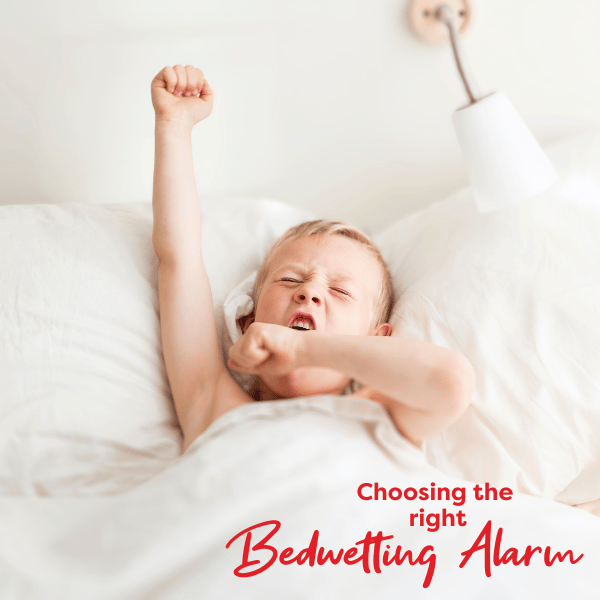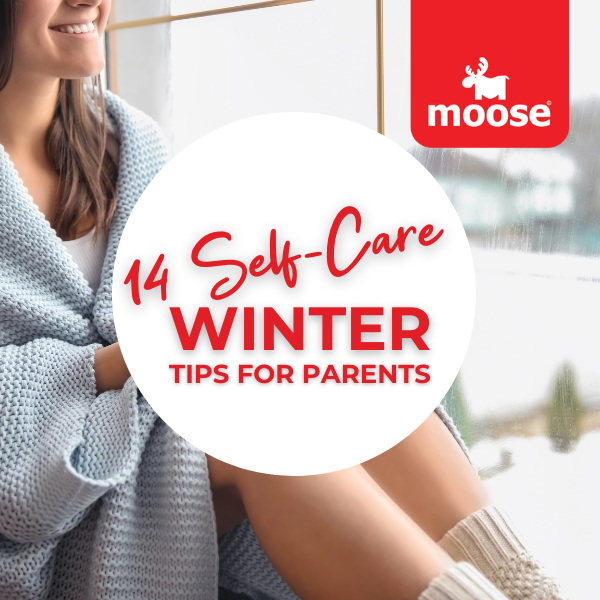Type: Bedwetting Alarm
Rodger Wireless Bedwetting Alarm
Type: Watch
WobL + Vibrating Reminder Watch
Type: Baby Head Shape Support
Moose Baby-Head-Shape Support
Type: Safety Harness
Moose Noose Toddler Safety Harness
Type: Vibrating Reminder Watch
VibraLITE Mini Vibrating Reminder Watch
Type: Vibrating Reminder Watch
Rodger Buddy Vibrating Reminder Watch
Type: Baby & Toddler
Weleda Calendula Shampoo & Body Wash, 200ml
Type: Baby & Toddler
Weleda Calendula Nappy Change Cream (30 ml)
Type: Baby & Toddler
Weleda Calendula Nappy Change Cream, 75ml
Type: Maternity
Weleda Stretch Mark Body Butter, 150ml
Type: Maternity
Maia Mum Belly Bestie Support Belt
Type: Maternity
Maia Mum Revive-It C-Section Scar & Stretch Mark Cream – 30ml
Type: Maternity
Maia Mum Heal-It Nipple Cream – 15g
Type:
VibraCool® Extended for Knee & Ankle Pain
Type:
VibraCool® Easy Fit for Elbow & Wrist Pain
Type: Height Chart
Measure Me Height Chart
Type: Spare Part
Wet Stop Replacement Sensor Cord
Type: Watch
WobL + Vibrating Reminder Watch
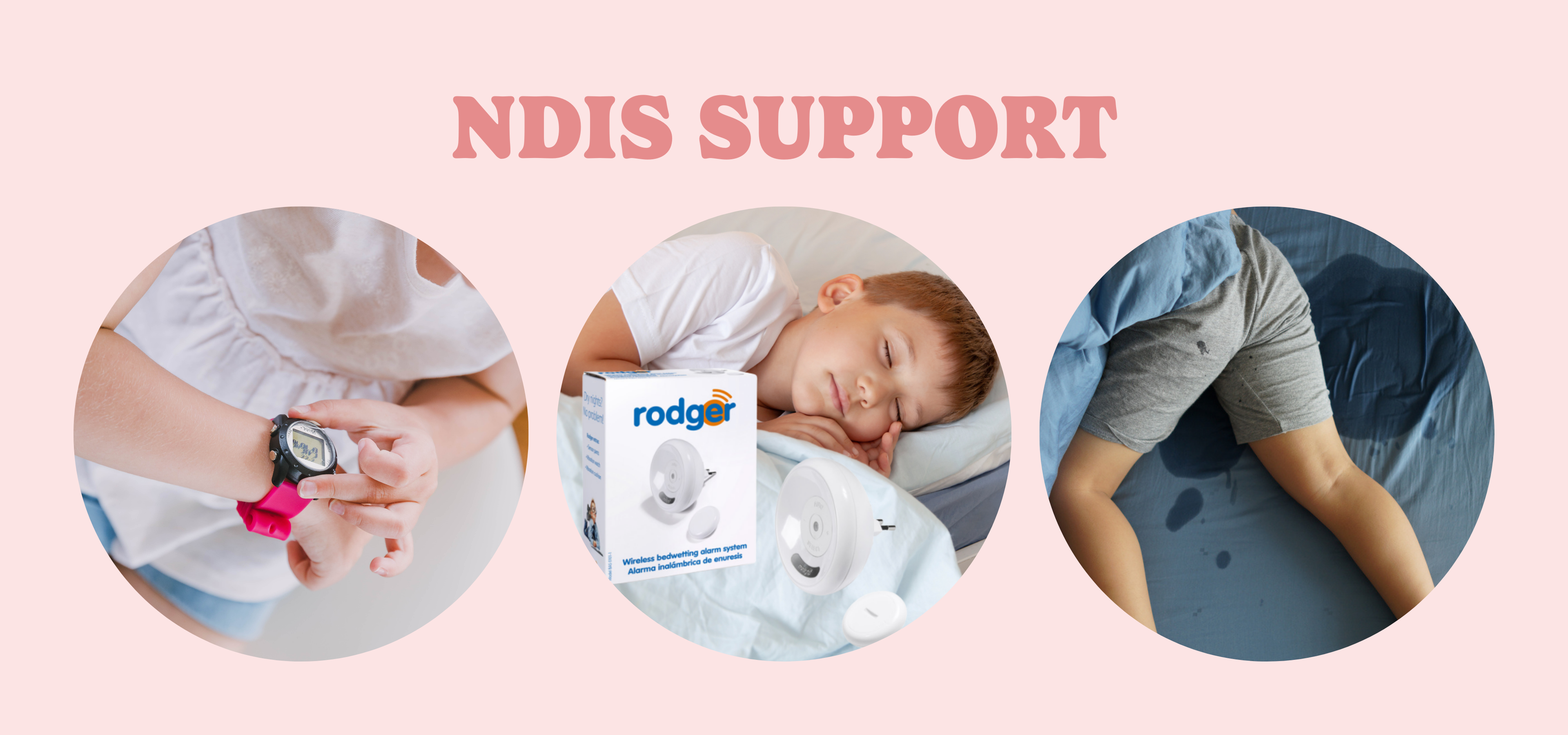
NDIS Support
Specializing in solutions for bedwetting, daytime continence, and toilet training challenges
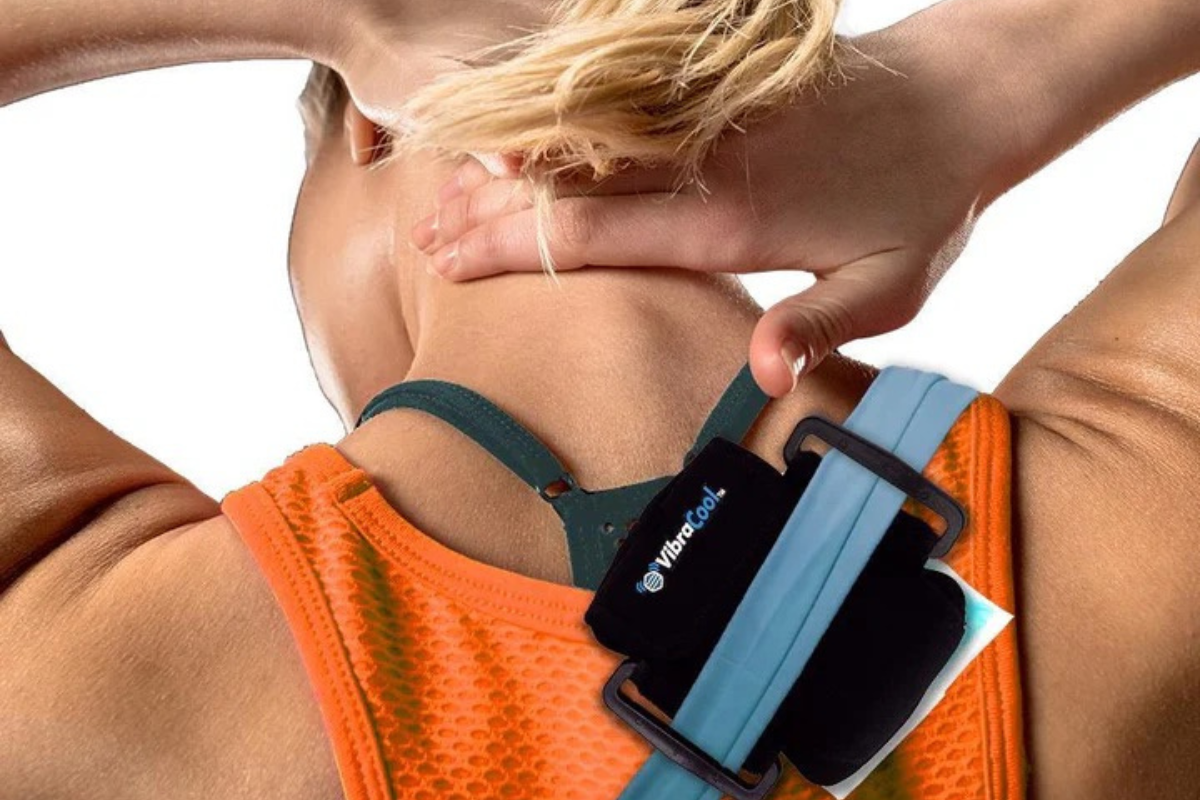
Vibracool - I'm NEW!
VibraCool is a wearable, drug-free pain relief device that combines high-frequency vibration with hot or cold therapy to block pain and promote recovery. It features a small vibrating unit paired with a gel cold pack for inflammation or warm pack for stiffness and chronic pain.
The vibration not only disrupts pain signals through mechanical stimulation (M-Stim) but also increases blood flow to the affected area, helping the body heal faster.
VibraCool is ideal for joint pain, muscle tightness, pregnancy aches and postpartum recovery — perfect for those seeking natural pain relief without drugs or medication.
The Moose Baby Blog
Should You Pause the Bedwetting Alarm While on Holiday?
Wondering if you should pause your child’s bedwetting alarm during the holidays? In this blog, we explore when to keep going, when to take a break, and how to support your child with travel-friendly tools like the Rodger Amigo Daytime Alarm and Rodger Buddy Vibration Watch. Plus, we answer the common question: how can I stop my child from bedwetting? Whether you're staying on track or hitting pause, we’ve got practical tips to help you feel confident on the go.
Learn moreChoosing the right bedwetting alarm
What's the best bedwetting alarm for my child? At first nocturnal enuresis (best known as bedwetting) sounds like a disease, but it’s not. Even so, in some children it can cause serious embarrassment and poor self-esteem. What is Nocturnal Enuresis? Nocturnal enuresis, in layman’s terms, is bedwetting. If you have a child over the age of six who is wetting the bed, you may have tried everything and now you are wondering if there is any help. There is, and it’s called a bedwetting alarm. How does a bedwetting alarm work? One of the main causes of bed wetting in children is a combination of deep sleeping patterns and over production of urine. Making use of the best bedwetting alarms can help teach a child’s body to better respond to a full bladder, as well as help break the deep sleep cycles that are typical of this behaviour. An electronic bedwetting alarm sounds an alert as soon as a child begins to urinate. Bedwetting alarms are designed to assist bedwetters in training their brains to react to their full bladders by awakening and using the toilet. A bedwetting alarm “senses” moisture as the first drops of urine are released, and sounds a shrill alarm, waking the child. A feeling of bladder fullness will eventually replace the sound of the bedwetting alarm as the signal to the sleeper’s brain that it’s time to get up and visit the toilet. Bedwetting alarm therapy is actually a type of behavioral conditioning. Bedwetting alarms are 100% safe and commonly prescribed by Continence Nurses as a way to stop bedwetting. There are different types of alarms which works in slightly different ways to suit your specific needs. We've found the best bedwetting alarms: Best Bedwetting Alarms #1 Wearable Bedwetting Alarms (with cord) With a wearable alarm, the sleeper places the moisture sensing device in his or her pyjama bottoms or underwear (in the line of fire!). A wearable bedwetting alarm reacts to the urine almost immediately. This type of bedwetting alarm is a design in which the child wears the moisture sensor, which is connected to the alarm device by means of a cord, in or on their underwear or pajamas. The cord usually runs from the sensor under the pyjama top and attaches to the collar of the child's pyjama top. WetStop3 is with little doubt the best wearable bedwetting alarm available in the market today. It is a good cost-effective alarm. #2 Bed-and-Pad Bedwetting Alarms In an alarm-and-pad bedwetting alarm, the moisture sensor is in the form of a pad placed beneath the sleeper. The sewn-in sensors in the pad detect moisture and the alarm sounds. The sensor pad which comes with the Wet Detective from Potty MD has the added advantage of being waterproof, which means you don’t need an extra waterproof pad on the bed (as well as the sensor pad). The pad is also industrial quality so it withstands wash after wash. This is a good option for those children who don’t want to wear an alarm. They are also good for adults, the elderly and those with special needs. #3 Wireless Bedwetting Alarms The third type of bedwetting alarm, the wireless alarm, has a moisture sensor/s which communicate to the alarm unit with a transmitter. No cords or pads are needed. Wireless alarms are the newest technology in bedwetting alarms. The Rodger Wireless Bedwetting Alarm comes with underwear with sewn-in sensors. The added advantage of this alarm over others is that moisture is detected immediately thereby triggering the alarm to sound immediately to wake the child. Another type of wireless alarm is the new Oopsie Heroes Bedwetting Alarm which is technology-based and uses a device/app. A small sensor is placed in the child's underwear 'in the line of fire' and the sensor 'talks' to the device/app. Bed wetting therapy experts have estimated that, with consistent and proper use, the best bedwetting alarms will train children to wake before wetting in around 4 to 10 weeks. Some train much quicker, within days, others take longer. Bedwetting alarms are successful in around eighty percent of young bedwetters. Alarm Type Alarm Type Useful for Advantages Wet Stop 3 Wearable alarm with clipped on sensor and cord Sound and vibration Children Cost effective. Simple to use. Proven success (sold since 1979). Wet Detective Sensor pad on bed and alarm unit beside bed Sound Children Adults Special Needs Elderly Can be set to a loud setting. Pad is waterproof. Simple to use. Comfortable – no cables. Rodger Wireless Alarm Wearable sensors sewn into the underpants with transmitter. Base unit plugged into wall. Sound Children Adults Special Needs Latest technology. Comfortable – sewn-in sensor underpants. No cords. Moisture detected immediately. Vibration device can be attached to wake very deep sleepers or those sharing a room. Can we worn during the day or night. Oopsie Heroes Wearable sensor 'talks' to a device/app Sound Voice (parent) Younger children Special Needs Latest technology. Comfortable - no cords. Moisture detected immediately. Can activate alarm using a recording of parent's voice. Bedwetting Alarm Best Practice Choose the right time. Choose times when routines are not interrupted too much. Talk to your child about how the alarm works and help him get prepared each night (spare pyjamas, night light, change of underpants/bed pad). Make setting the alarm part of your everyday bedtime routine. Do not skip nights. Be POSITIVE! Give plenty of encouragement and stay confident and positive along the way. When the alarm sounds, make sure they wake up completely, get out of bed and switch the alarm off (by themselves) and visit the toilet. Work on daytime toilet habits too. It is important for your child to drink plenty of water during the day and visit the toilet at regular times. To help you do this use a vibrating reminder watch. Avoid using nappies or pull-ups—your child should feel the wetness. For some children it takes time before they wake to the sound of the alarm. Be patient & assist your child with waking when the alarm sounds. With time they will wake by themselves. Remain PATIENT throughout the process. Some children become dry within days, others take weeks. As you continue to use the alarm every night the number of dry nights will begin to outnumber the wet ones. However, during the training process, expect the occasional accident to occur. This is normal as your child’s body develops. Before starting on your journey to dry nights, we would recommend you read the free e-book Wake Up Dry.
Learn more14 Self-Care Winter Tips for Parents
1. Early to bed Aim to go to bed at the same time & wake up at the same time 2. Hydrate! Drink 8 glasses of water per day 3. Food Glorious Food Make vege soup with winter root vegetables, get the slow cooker out & make some hearty stews & curries 4. No excuse exercise Even if it’s raining, wrap yourself & babies up & pound the pavement 5. Let in the fresh air Although the air is crisper, don’t forget to ventilate your home daily & let the fresh air in & the bad bugs out 6. Make a plan On a cold day sometimes it seems easier to stay at home, but make a plan & hit the park, swings, indoor pool or library 7. Turn on the tunes Play your fav dance tunes or calm yourself (& the kiddos) with some soft beats 8. “Oooohhhmm” It’s amazing how good you’ll feel after 20 minutes of yoga, meditation or stretching 9. Get in hot water Run yourself a hot bath with bubbles or jump in a hot shower 10. Declutter! Get your little ones to ‘help’ you declutter the play area, bedrooms or kitchen 11. Get arty Bring out the pens, paper, scissors, glitter & whatever else you can find, & get creative 12. Read a good book, or 20 Pile up the pillows, grab a pile of books & read to your babies to bring calm to the chaos 13. Connect Visit a friend, ring your mum, join a club, take up a new hobby, join a parent group or volunteer 14. Get back to nature Walk through the forest, along the beach, by the river, up a hill & down the other side
Learn more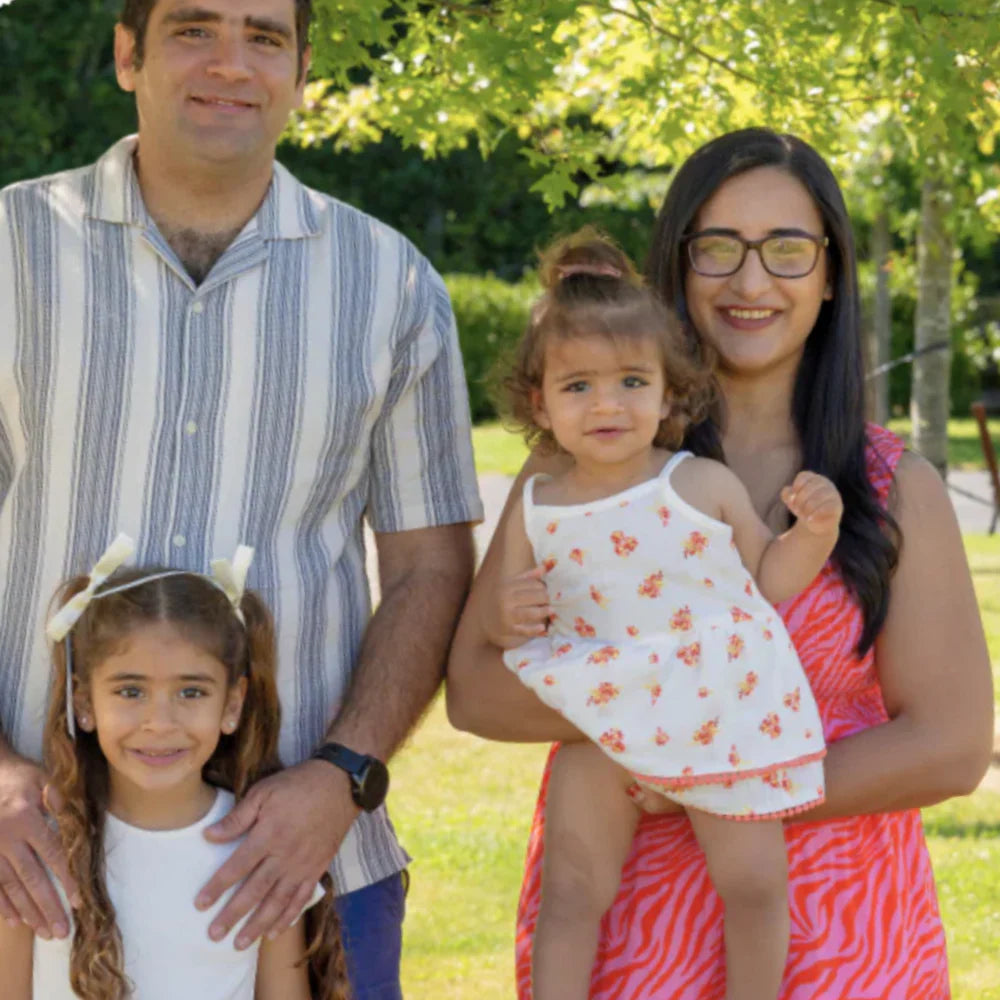
Exclusive Distributors of International Brands







